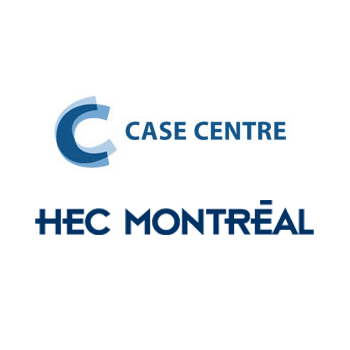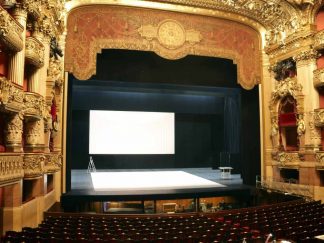Description
Live from the Met: Opera in the 21st Century: Abstract
This two-part case looks at the issues related to the Metropolitan Opera’s decision to start transmitting its productions in high definition (HD) to movie theatres after the arrival of its new general manager, Peter Gelb, on August 1, 2006.
Part A provides students with all the details needed to assess this decision. It outlines the Met’s general and competitive position within the performing arts at the time Gelb took over management, explains the Met’s business environment (Political, Economic, Social, and Technological (PEST) analysis, its direct and indirect competition in New York and from other major opera houses in the U.S. and around the world), and the facts needed to analyse the various distribution methods available to the Met. It allows students to determine the viability of Gelb’s plan to take the Met into movie houses, considering its implications for the company and the changes it would require to the Met’s traditional business model as well as its competitive environment.
Part B introduces students to the factors underlying the Live in HD project implemented by Gelb and its commercial and financial success. It concludes with a discussion of the possible next steps in the wake of this technological innovation, given that some challenges remain (such as lowering the average age of Met audiences) and their implications from a competitive perspective.
Teaching objectives
- Perform an internal and external diagnosis so as to make a recommendation regarding the decision to broadcast opera performances in movie theatres
- Understand new technologies and their bearing on consumer habits with regard to culture, as well as how cultural organizations use them and how they impact their business model of such organizations
Main themes covered
This case deals with issues related to strategic diagnosis, the analysis of relevant stakeholders and strategic choices specific to cultural institutions with regard to technological innovation.
Concepts and theories related to the case
- Strategic analysis of the business environment (PEST, Porter, key success factors)
- Internal analysis: resources, skills, and dynamic capacity
- Competitive advantage
- Business models
Multi-part case
- Part A
- Part B (included only for Teaching license purchases)







Avis
Il n’y a pas encore d’avis.